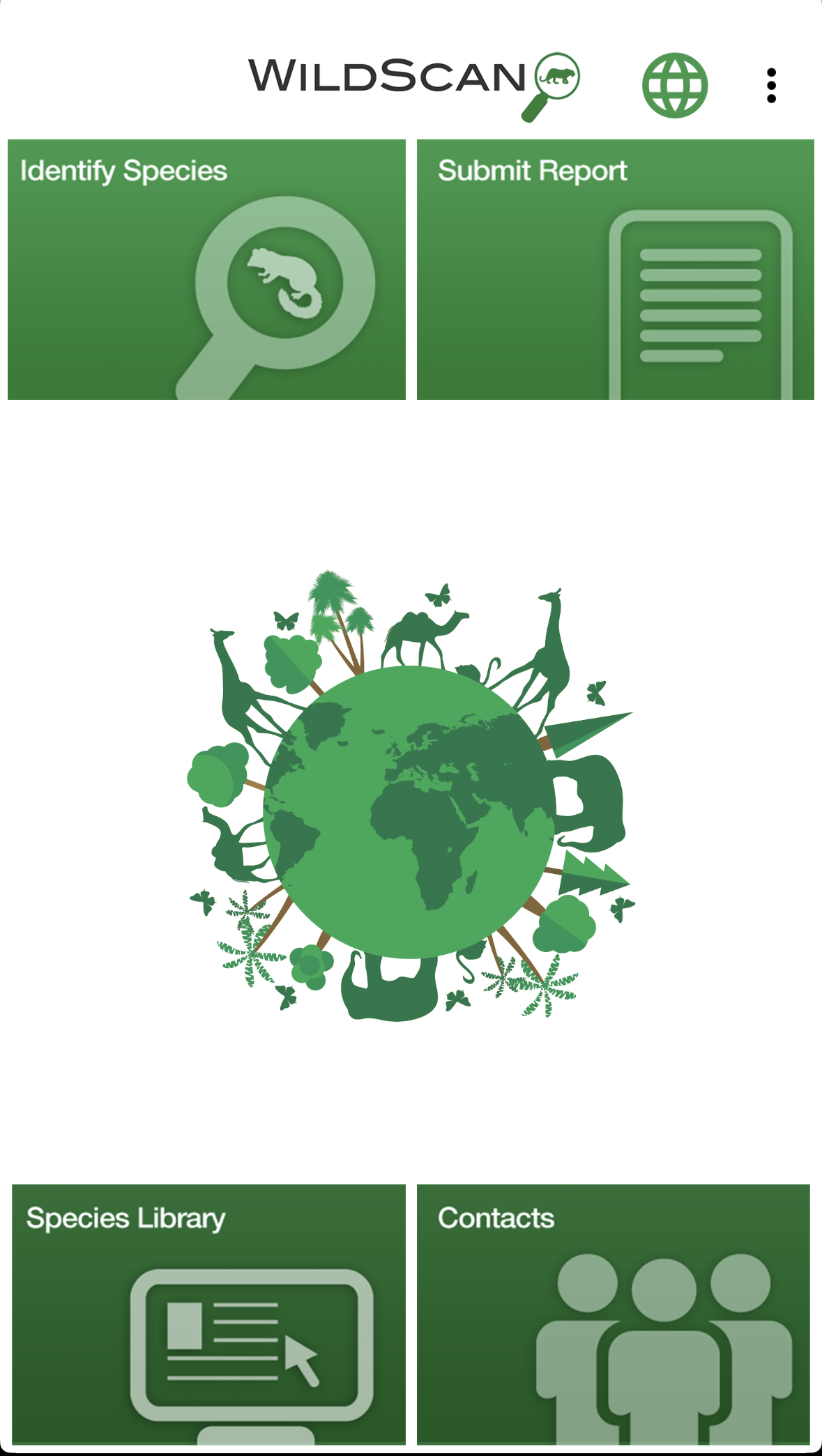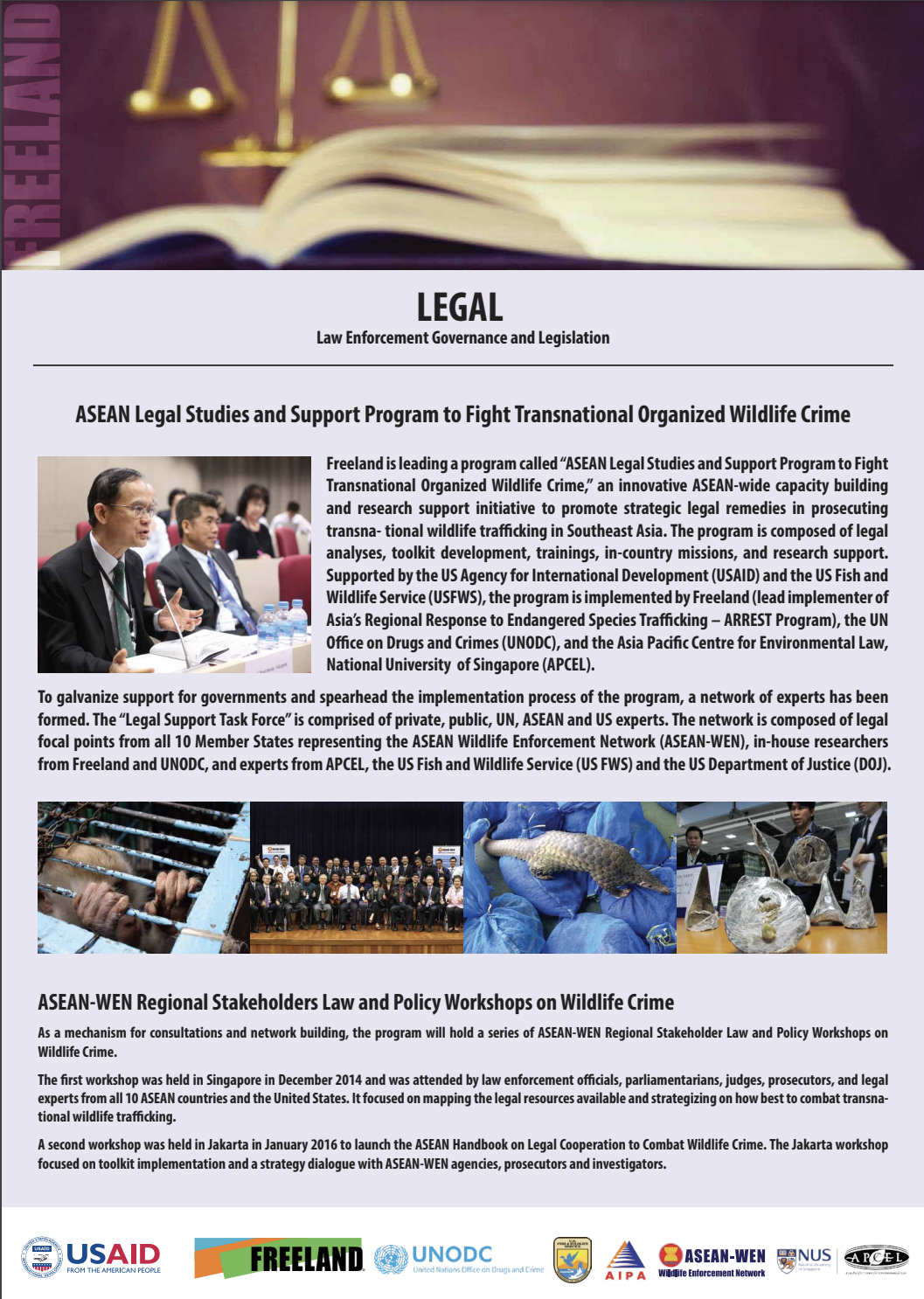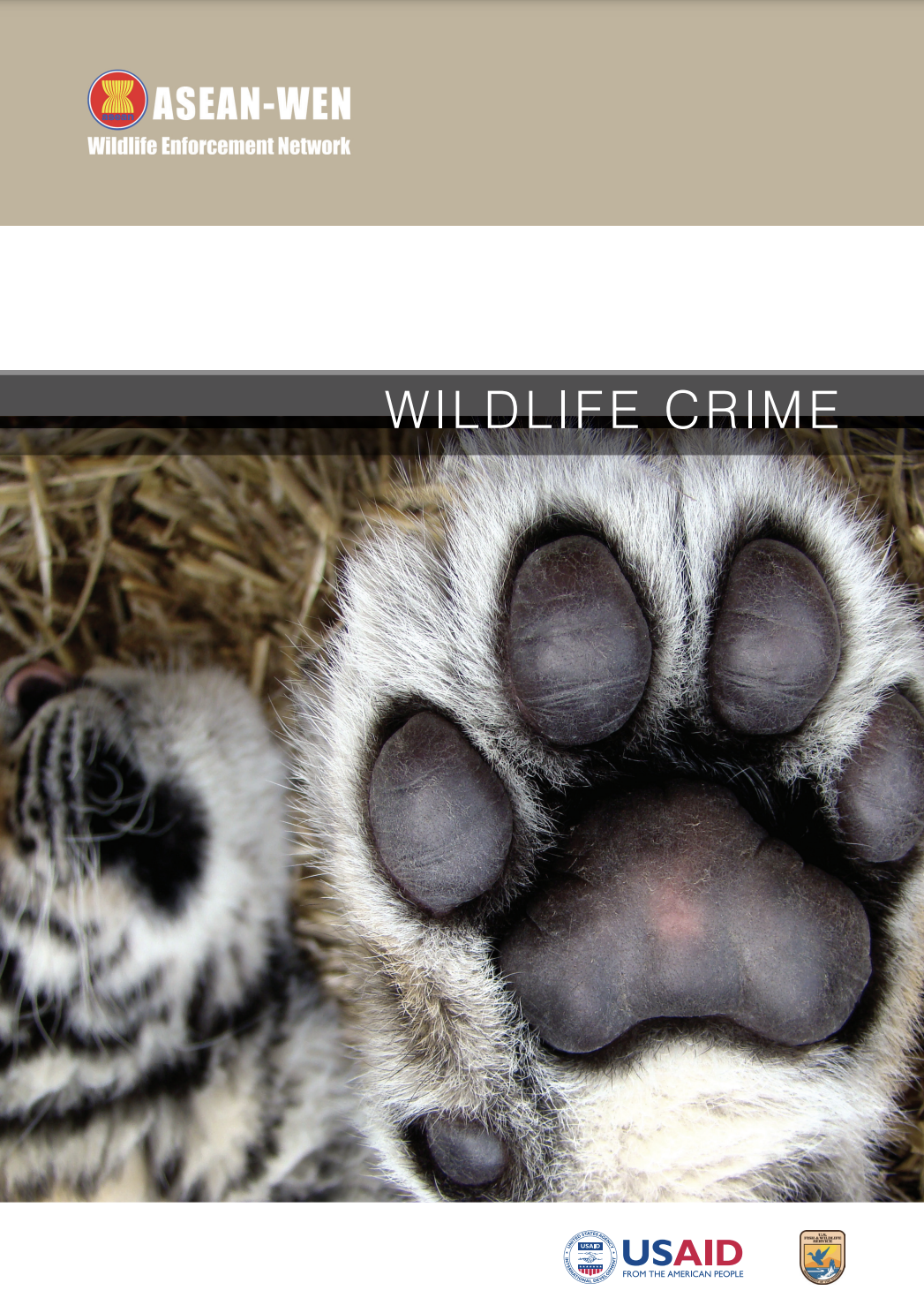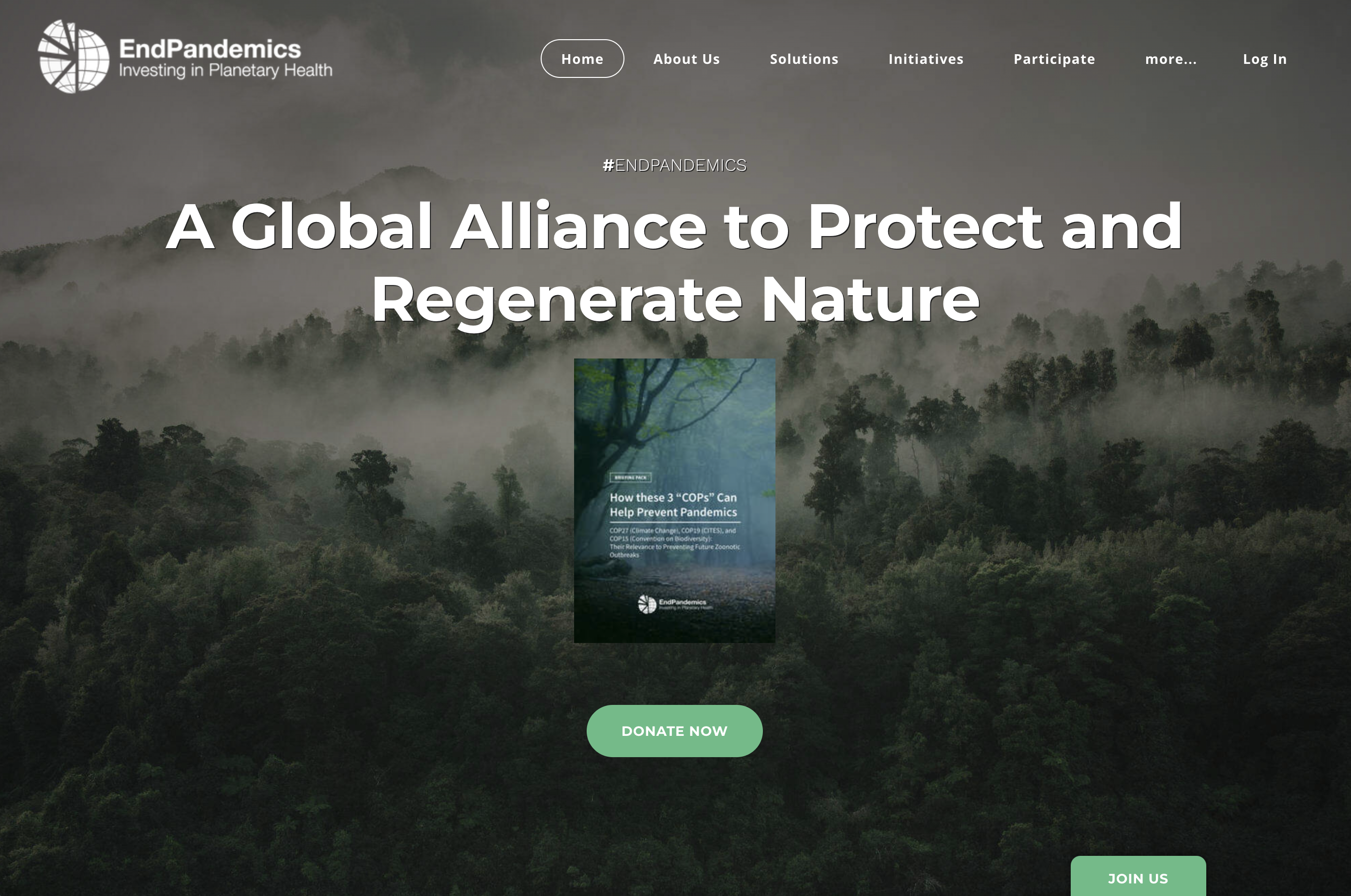Wildlife Protection
Tổng quan các chủ đề
-
-
-

The COUNTER TRANSNATIONAL ORGANIZED CRIME (CTOC) is a course developed by Freeland in partnership with USAID, the U.S. Department of State Bureau of International Narcotics and Law Enforcement Affairs and multiple law enforcement organizations from around the world.
-
-
-
PROTECT is a comprehensive training package for defenders of protected areas which can be tailored to the specific needs of rangers, parks and protected areas, and governments. PROTECT encompasses 7 levels of training courses, each aimed at a specific role within the habitat protection system, and can be tailored to meet the needs of protected-area staff of all levels, from frontline staff to park managers.
The manuals are based on the ASEAN Center for Biodiversity’s competency standards. Both enforcement and manager manual available in English, Hindi, French, Bahasa Indonesia, Chinese, Khmer, Lao, Vietnamese and Thai language.
-
DETECT is a comprehensive capacity building program for wildlife crime investigators. DETECT encompasses 6 layers of training modules from frontline investigators to investigation managers. DETECT trainees may also receive on-the-job training and attend regional / national Counter Transnational Organized Crime (CTOC) trainings, which include a module on Open Source Intelligence (OSINT). Available in English, Hindi, French, Bahasa Indonesia, Chinese, Khmer, Lao, Vietnamese and Thai language.
-
The CTOC program was designed for law enforcement agencies across the globe to improve cross-agency and cross-border collaboration to combat transnational organized crime.
Special CTOC sub-programs have been developed for countering wildlife trafficking and human trafficking. CTOC manuals are a core reference for law enforcement training instructors using the CTOC program. Course materials were designed as an integrated package whereby each component builds upon the other. It is recommended to apply the manual in its entirety wherever feasible. However, each CTOC course can be tailored to each target audience, emphasizing modules that are most valuable to that audience. Available in English, Thai, Khmer, Vietnamese and Lao language.
-
The CTOC program was designed by Freeland for law enforcement agencies across the globe to improve cross-agency and cross-border collaboration to combat transnational organized crime.
Special CTOC sub-programs have been developed for countering wildlife trafficking and human trafficking. CTOC manuals are a core reference for law enforcement training instructors using the CTOC program. Course materials were designed as an integrated package whereby each component builds upon the other. It is recommended to apply the manual in its entirety wherever feasible. However, each CTOC course can be tailored to each target audience, emphasizing modules that are most valuable to that audience.
-
Open-Source Intelligence (OSINT) is data collected from publicly available sources to provide the intelligence needed on a given operation. OSINT is also the process of collecting and analyzing of said data to produce a comprehensive understanding of an individual, collective, place, or thing.
According to the US Intelligence Community, “OSINT is primarily used in national security, law enforcement and business intelligence functions. It is of value to analysts who use non- sensitive information in answering classified, unclassified, or proprietary intelligence requirements across all intelligence disciplines.” In the context of this manual, open-source refers to information that can be collected from the Internet, is within the public domain, and is available to be used in building an online investigation of a target entity, which may be a person, group of people or a company. OSINT is made up of, and built on many pieces of information, known as breadcrumbs. Available in English and Bahasa Indonesia.
-
ASEAN law enforcement handbook provides criminal justice and law enforcement officials from the ASEAN region with a strategic approach to deploying an arsenal of hard and soft laws and other associated tools for the prosecution of wildlife crimes. These include international cooperation, mutual legal assistance, anti-money laundering statutes, and extradition.
-
The RAPID REFERENCE GUIDE (RRG) contains brief descriptions of all specialized laws/regulations as well as ancillary statutes, such as anti-money laundering, tax evasion and anti-corruption. The Thai RRG is designed to help investigators, case managers and prosecutors build an evidential case against those accused of wildlife and related crimes.
-
PANGOLIN SPECIES IDENTIFICATION GUIDE: A RAPID ASSESSMENT TOOL FOR FIELD AND DESK
Despite a ban on international trade by the Convention on International Trade in Endangered Species of Wild Fauna and Flora (CITES), pangolins are still one of the most trafficked mammals in the world. The USAID Pangolin Species Identification materials were developed to reverse this trend by assisting law enforcement officers identify pangolins in trade, including body parts and scales.
-
-
-

The WILDSCAN SMARTPHONE APP enables everyone to identify commonly trafficked wildlife and wildlife parts.
Originally designed for frontline law enforcement officers and transport sector workers to correctly identify, report and handle commonly trafficked species, the app also encourages civil society to report wildlife in local markets.
-
-
-
Organized crime continues to destroy wild animal populations around the world, reaping billions of dollars in profit. Meanwhile, law enforcers and conservation organizations struggle to fund their protection efforts. This new multi-language report guides governments on how to reverse the equation by seizing assets from wildlife criminals to finance wildlife protection. The report, “Making Traffickers Finance Counter-Trafficking: The Case for Conservation Restitution Funds from Asset Forfeitures and Seizures” is available in English, Vietnamese, Thai, Lao, and Khmer.
-
Wildlife trafficking, an industry worth billions of dollars annually, is leading to the degradation of nature and the communities that live around them. The illegal trafficking of wildlife and wildlife products is strengthening criminal syndicate networks and in turn corruption, undermining governance and weakening the security of affected communities.
As both a supplier and consumer, Southeast Asia lies at the heart of the trade and plays a major role in the international fight against wildlife trafficking. Giving the region and it's actors the tools and strategies will help to dismantle these criminal syndicates and set an example for the rest of the international community. This report maps the evolution and trajectory of wildlife and counter trafficking in Southeast Asia, while analyzing what has (and has not) worked and where the region should go next. The research points to challenges, opportunities, and a pathway forward.
Available in English, Thai and Vietnamese. -
With pangolin species in Asia facing catastrophic decline due to poaching, traffickers have increasingly started to source scales from African pangolins to cater to Asian demand. This demand can only be countered by a comprehensive response encompassing local and regional law enforcement cooperation, involving stakeholders from pangolin habitat areas, and reducing consumer demand. This report traces the rise of the trade, and offers recommendations on ending it.
-
The Case for a Planetary Security Program
In Rome, Italy, leaders of the world’s 20 wealthiest nations convened to address global priorities under the banner “People, Planet, Prosperity.”
High on this year’s G20 agenda is improving COVID-19 vaccine rollout to lower-income countries, and improving preparedness for future outbreaks. This is of course badly needed. But it is equally important to take a step further and examine the root caused of zoonotic outbreaks in order to prevent new, potentially more destructive ones from happening in the first place, sparing us from undergoing entirely new inoculation and recovery efforts all over again.
It’s time to re-examine the most pressing threats to our planet and how governments plan, and spend our money, to stop them.
-
-
-
The Wildlife Enforcement Network (“WEN”) building toolkit is a practical and hands-on guide to creating a provincial, national or regional network or task force to curb wildlife crime. It assists users to create a modular, simple, needs-based and effective structure, made up of law enforcement agencies and civil society partners. Checklists, templates, lessons learned, etc. allow users to create a network or task force tailor-made to their own unique situation.
-
WILDLIFE FRIENDLY SKIES TOOLKIT
Do you work in the aviation sector or support the aviation's sector efforts in counter wildlife trafficking? This toolkit has been designed to help educate members of the aviation industry about wildlife trafficking, how it exploits the aviation sector and how aviation staff can help.
-
iTHINK BEHAVIOR CHANGE TOOLKIT
Changing the behavior of existing and potential consumers of wildlife is key to reducing long-term pressure on endangered species. This toolkit is a comprehensive suite of materials that can be tailor-made for any situation.
-

Freeland along with the partners IFAW and WWF developed free tools to combat wildlife trafficking in Malaysia, Indonesia and the Philippines as the deliverables of the project TRIPOD 1 (2022-2023), sponsored by the US State Department Bureau of International and Narcotics Law Enforcement Affairs (INL).
-
-
-
The EndPandemics.Earth is a global, allied campaign to protect and regenerate nature. We aim to prevent pandemics from ending commercial trade in wild animals, expanding wild habitat, and protecting livelihoods.
-
-
-




